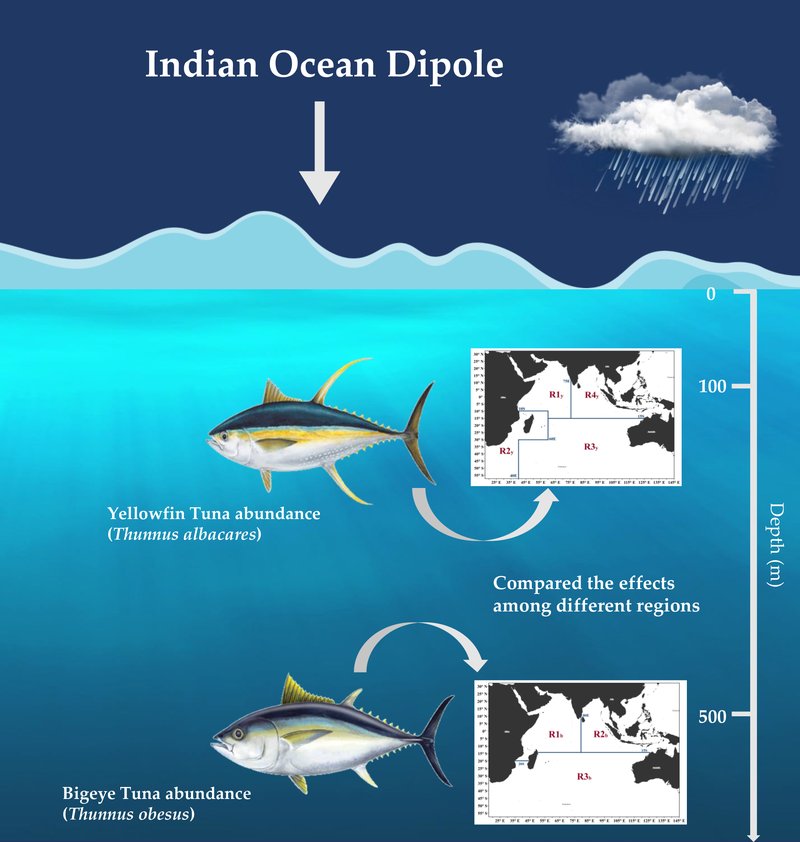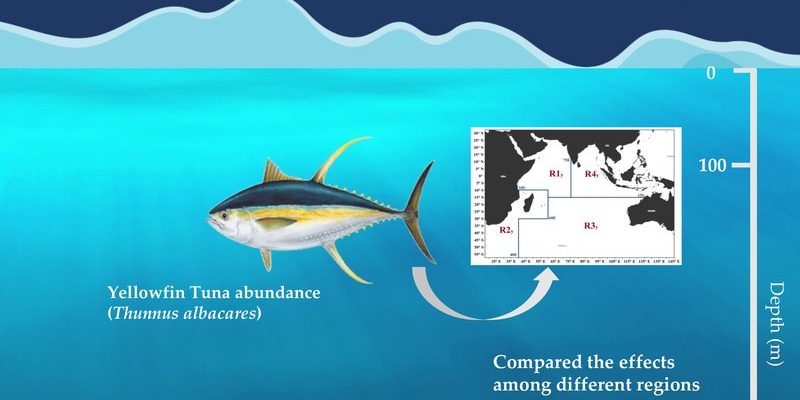
Bluefin tuna are known for their speed and strength. They can travel thousands of miles across oceans, much like a marathon runner. Unfortunately, just like the changing climate can influence a runner’s performance, it’s also changing the habitats of these remarkable fish. Let’s unravel how these shifts are unfolding and what they mean for bluefin tuna, the fishing industry, and even our dinner plates.
Understanding Bluefin Tuna
Bluefin tuna are some of the largest fish in the ocean, with some individuals weighing over 1,000 pounds. These fish are prized for their rich flavor and are often featured in sushi and sashimi dishes. There are three main species: the Atlantic, Pacific, and Southern bluefin tuna. Each of these species plays a vital role in the ocean’s ecosystem.
These fish are not only important for their culinary value but also serve as a key indicator of ocean health. They’re like the canaries in the coal mine, signaling changes in the marine environment. So, when climate change starts messing with their habitats, it raises alarms for everything from local fisheries to broader ocean ecosystems.
The Impact of Rising Ocean Temperatures
Here’s the thing: ocean temperatures have been on the rise due to climate change, and that’s causing a ripple effect. Bluefin tuna are cold-blooded creatures, meaning their body temperature adjusts to that of the water around them. As the water heats up, it can lead to several issues.
For one, warmer water can affect the fish’s metabolism. Just like you might feel sluggish in a stuffy room, bluefin tuna can become lethargic in elevated temperatures, making it harder for them to hunt and thrive. Additionally, warmer waters can push their traditional feeding grounds northward, altering migratory patterns. This shift not only affects where they hunt but also brings them into contact with different species, which can lead to competition for food.
Changing Food Sources
Speaking of food, bluefin tuna primarily feed on smaller fish, like mackerel and herring. As ocean temperatures change, these prey species are also impacted. Warmer waters can lead to shifts in the abundance and distribution of these fish.
Imagine a restaurant that suddenly changes its menu based on what’s fresh. Bluefin tuna might find that their favorite meals are harder to come by. This can lead to malnutrition or lower reproductive success, which is concerning given that bluefin tuna populations are already under pressure from overfishing.
- Prey species moving north as water warms.
- Altered breeding habits of prey affecting availability.
- Increased competition from other fish species.
Overall, shifting food sources can have dire consequences for bluefin tuna populations down the line.
Changes in Migration Patterns
Migration is an essential part of bluefin tuna’s life cycle. These fish travel huge distances to spawn, and changes in environmental conditions can disrupt their patterns. As ocean temperatures rise, bluefin tuna are likely to change the routes they take during migration.
For example, if they traditionally spawn in a specific region but find it warmer than ideal, they may seek out cooler waters elsewhere. This not only affects their breeding success but also impacts local fishing communities that depend on their seasonal arrivals. It’s like when your favorite food truck moves to a different part of town—access becomes a challenge.
Ocean Acidification and Its Effects
Another significant impact of climate change is ocean acidification. As carbon dioxide levels in the atmosphere increase, a portion of that carbon dioxide gets absorbed by the oceans, resulting in more acidic waters. This acidity can harm the very ecosystems that bluefin tuna rely on.
For instance, coral reefs and shellfish are sensitive to changes in pH levels. If these foundational species are affected, it can ripple through the food web, impacting the tuna’s food supply and habitat. The health of the ocean as a whole is vital for bluefin tuna survival.
The Role of Overfishing
Now, while climate change poses a serious threat to bluefin tuna, let’s not forget about overfishing. These fish have been targeted for years, leading to a drastic decline in populations. When you combine overfishing with the stresses caused by climate change, you create a veritable storm of challenges for bluefin tuna.
Regulations have been put in place to manage bluefin tuna fishing, but enforcement can be inconsistent across regions. Even with efforts to restore populations, climate change is adding an extra layer of difficulty. It’s essential to address both issues to secure a future for these fish.
What Can Be Done?
So, what can we do to help bluefin tuna in the face of climate change? There are several approaches that individuals, communities, and countries can consider:
- Support Sustainable Fishing: Choose seafood options that are sustainably sourced and support regulations that protect bluefin tuna populations.
- Advocate for Climate Action: Engage in conversations about climate change and support policies aimed at reducing carbon emissions.
- Educate Others: Share information about bluefin tuna and its challenges. Awareness is a powerful tool for change!
As we’ve explored, climate change is a formidable foe for bluefin tuna. The shifts in temperature, food availability, migration patterns, and water chemistry present real threats. It’s essential to recognize that bluefin tuna don’t just exist in a vacuum; they’re a part of a larger ecosystem that connects us all.
By understanding these changes and advocating for sustainable practices, we can help protect these magnificent fish and ensure they remain a part of our oceans for generations to come. Remember, every effort counts—just like every drop of water contributes to the ocean.

